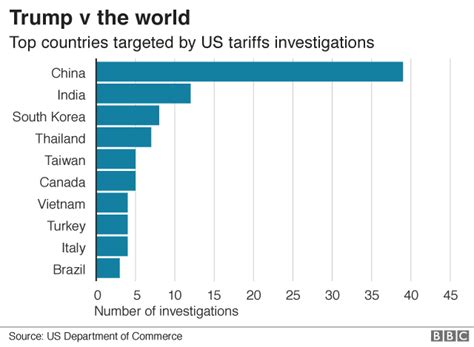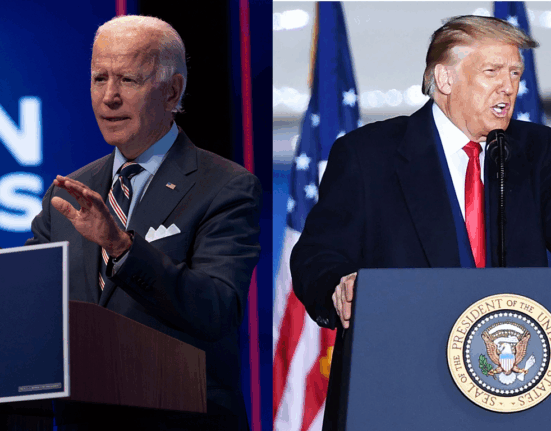Imagine a cluster of penguins standing in shallow water, unaware of the distant rumblings caused by human decisions. This picturesque scene on Heard Island, an Australian territory near Antarctica, is now entangled in a global economic storm following U.S. President Donald Trump’s surprising tariff announcement.
In a move that sent shockwaves worldwide, Trump unveiled sweeping tariffs imposing a baseline of 10 percent on all imports to the United States. While major trading partners braced for impact, the repercussions extended even to the most unexpected corners of the globe—remote islands that seemed immune to such economic turbulence.
Heard Island and McDonald Islands, known for their abundant penguin population rather than commerce, found themselves facing an unexpected dilemma with a 10 percent U.S. tariff looming over them. Similarly, Norfolk Island, home to around 2,100 inhabitants, was confronted with a hefty 29 percent tariff—a harsh reality accentuated by its small population size.
“Nowhere on earth is safe,”
expressed Australian President Anthony Albanese as these secluded territories grappled with the unforeseen consequences of global trade policies affecting even their shores.
As experts delve into the implications of these tariffs reaching isolated territories like Jan Mayen in the Arctic—mostly inhabited by Norwegian military personnel—it raises questions about the far-reaching impact of protectionist measures intended for larger economies but trickling down to microstates and regions typically overlooked in global trade discussions.
Saint Pierre and Miquelon—an overseas French territory characterized by its eight islands off Newfoundland—faced an astonishing 50 percent tariff blow. Despite modest exports primarily linked to fishing activities valued at $3.46 million as of 2023, this archipelago suddenly found itself thrust into a trade war scenario usually reserved for major players on the economic stage.
Even territories deeply intertwined with military alliances weren’t spared from these tariffs’ reach. The British Indian Ocean Territory—including Diego Garcia hosting a vital U.S.-U.K. military base—was among those impacted by reciprocal duties set forth by Trump’s administration. With Diego Garcia contributing significantly to strategic defense operations but minimally exporting goods to the U.S., this development underscores how interconnected geopolitical decisions can have unforeseen financial ramifications.
Madagascar—a biodiversity hotspot grappling with severe poverty—took center stage as it faced a substantial 47 percent U.S. tariff imposition despite being worlds apart from traditional economic powerhouses targeted by such measures. This stark disparity in economic strength raises concerns about how developing nations navigate turbulent waters created by policies aimed at addressing larger trade imbalances but inadvertently affecting vulnerable economies struggling to stay afloat.
The evolving landscape of international trade intricately weaves together nations big and small, highlighting the butterfly effect triggered by policy shifts originating in powerful capitals but resonating across continents and oceans—even reaching remote lands where wildlife outnumber humans.
Amidst these unfolding events lies a poignant reminder that every decision made at diplomatic summits or policy forums reverberates beyond boardrooms and parliamentary halls—it touches lives in ways unforeseen and often unaccounted for when strategies are devised behind closed doors.
In essence, while tariffs may be wielded as tools for negotiation or correction within complex trade dynamics involving superpowers jostling for dominance, their impact transcends statistics or balance sheets—it ripples through ecosystems both ecological and human-made, reminding us that our actions resonate far beyond what meets the eye or makes headlines.









Leave feedback about this